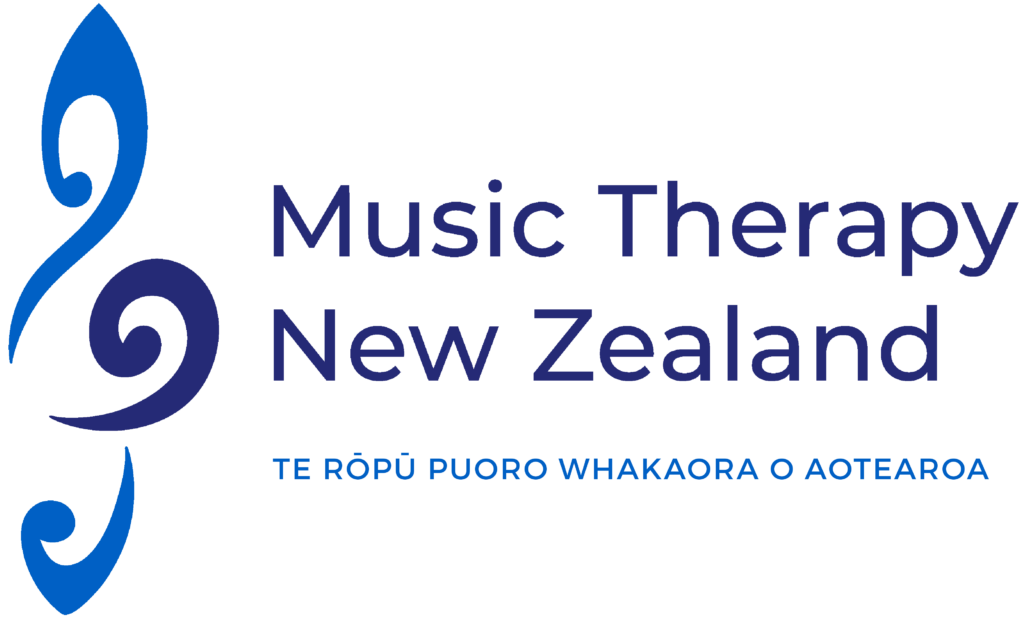Lathom-Radocy, W. (2017). Peters’ Music Therapy: An introduction (3rd ed.). Springfield, IL: Charles C. Thomas.
Reviewer: Jennifer Ryckaert
MMT, NZ RMTh,MT-BC
Raukatauri Music Therapy Centre, Auckland
When Peters’ Music Therapy: An Introduction (3rd edition) by Wanda Lathom-Radocy1 was delivered to my office, with months to spare before submission of the review was required, I assumed that I would take it home and move through its 650 plus pages chronologically in the evenings and on weekends. However, later that week I was at my desk preparing a presentation for speech therapists, and found myself reaching for this book to see if it cited new research on music therapy and communication. What I found in Chapter 12, “Music Therapy for Individuals Who Have Communication Disorders or Impairments”, was 30 pages that not only defined types of speech and language disorders,but also described therapeutic music experiences to develop the skills needed for communication, from breath control and articulation to fluency and inflection. The effectiveness of music therapy when working with individuals with communication disorders was expansively articulated and the chapter not only provided me with research to cite during my presentation, but gave me insights to share with some of the families with whom I work in my clinical practice.
Needless to say, Peters’ Music Therapy stayed at my desk. I referenced it when investigating assessment tools which might lend themselves to multi disciplinary settings. I picked it up when preparing for a new client consultation appointment in which the focus was bereavement, an area in which I had no experience. I sought out current research on working with children with cleft palates on receiving a parent enquiry, and suggested that a student music therapist read the Chapter 23, “Clinicians and Research”. While Peters’ Music Therapy was not able to provide answers to all of my queries, it proved to be an excellent desk reference in its thoroughness, clarity and organisation, and a great alternative to journal and book searches when in need of answers quickly. Parts I and II of Lathom-Radocy’s book focus on the history of music therapy, primarily in the United States, and the development of the training programmes and professional field in that country. While this information is focused quite regionally, the content in the chapters that open the third part of the book, which focuses on the general guidelines for the therapeutic use of music, would be more recognisable to music therapists around the world. However, it is this section of Peters’ Music Therapy which made me question the target audience of this quite lengthy book. Between them, Chapter 5, “General Guidelines for the Therapeutic Use of Music, Part I: Theoretical Principles” and Chapter 6, “General Guidelines for the Therapeutic Use of Music, Part II: Practical Planning”, cover, in just 50 pages, the basic principles that were taught in a year and a half of my undergraduate coursework. The information is presented too cursorily to provide true understanding of the theoretical and practical principles of music therapy for music therapy students and practitioners, but the almost 500 pages which follow and discuss music therapy for a wide variety of clinical populations would be far too intensive to consider including in an introductory course. In her preface, Lathom-Radocy describes the book’s target audiences as being students in introductory courses, professionals in related disciplines, individuals considering music therapy training and members of the general public who are interested in music therapy, as well as “some practicing music therapists” (p. viii) who might be seeking an overview of research or considering working with a different population.
While I believe that students would be well served to reference chapters of this book when applicable to their academic and clinical work, I would argue that the book is actually most valuable as a resource for practising music therapists, since the majority of its chapters are dedicated to clinical practice. Chapters 7 to 21 each follow a similar outline in their discussions on music therapy for a variety of clinical populations: intellectual, learning and multiple disabilities; sensory, communication and orthopaedic impairments; autism; mental illnesses; medical and rehabilitation patients; the elderly and terminally ill;and the general population. These chapters provide definitions and common characteristics of each condition and then discuss where music therapists might work with these clients and, most helpfully, ideas for how to effectively use music in therapy as supported by a wealth of research and evidence-based clinical practice. For instance, Chapter 9, “Music Therapy for Hearing Impaired Individuals”, contains sections titled “Music to Help Assess Auditory Functioning”, “Music Therapy Strategies to Assist in Auditory Training”, “Music Therapy Strategies to Improve and Reinforce Speech Production”, “Music Therapy Strategies to Improve and Reinforce Language Development” and “Music Therapy Strategies to Improve and Reinforce Social Skills”. The research supporting these strategies and interventions spans the past 40 or so years of the literature and references music therapy and related field publications from around the world.
Not only can a reference book, such as Lathom-Radocy’s, serve as a clinical practice resource, but it can also provide us as clinicians with support for how we communicate about music therapy. I often thought during the first nine years of my career as a music therapist, at which time I workedin Upstate New York, that being a music therapist in my area was somewhat akin to living in a post-feminist or post-racial society in which the generation of music therapists before me had done all of the hard work in educating and explaining and I could just get on with being a music therapist.
It took me quite awhile, when beginning my current work in Aotearoa New Zealand, to understand that being able to effectively communicate about the less-known discipline of music therapy with people outside of myfield was an essential part of 120 my work in this country, and that not only did I have to be able to communicate clearly and concisely, but that I needed to draw upon research and evidence-based practice relevant to the person or group whom I was speaking with. The people with whom I talk about music therapy in Aotearoa New Zealand have been extraordinarily responsive, open and curious, and by and large they want to understand the research and the science around the who, the why and the how of the work that we do. Peters’ Music Therapy has been an excellent resource when discussing music therapy with those new to the field, and has also helped me to clarify to colleagues how I approach my own clinical practice and research interests through its final chapters, “Selected Approaches to Music Therapy and Clinicians and Research”.
Lathom-Radocy strongly advocates for therapists not to adhere completely to one music therapy approach, orientation or musical technique, as well as not to try to tightly align music therapy work with other disciplines in an effort to increase professional stature, and so she allows for an open and inclusive look at our field. It is a thoughtful and substantial reference book, easily accessible and excellently organised, and one that will remain a resource for me as I consider and communicate about the work that we do as music therapists.
Note:
-
Peters’ Music Therapy: An Introduction (3rd ed.) is a revision of Jacqueline Peters’ Music Therapy: An Introduction (1987, 2002). The table of contents is very similar in the second and third editions.


